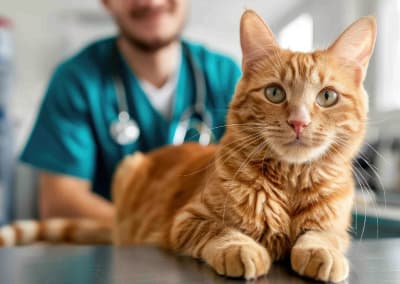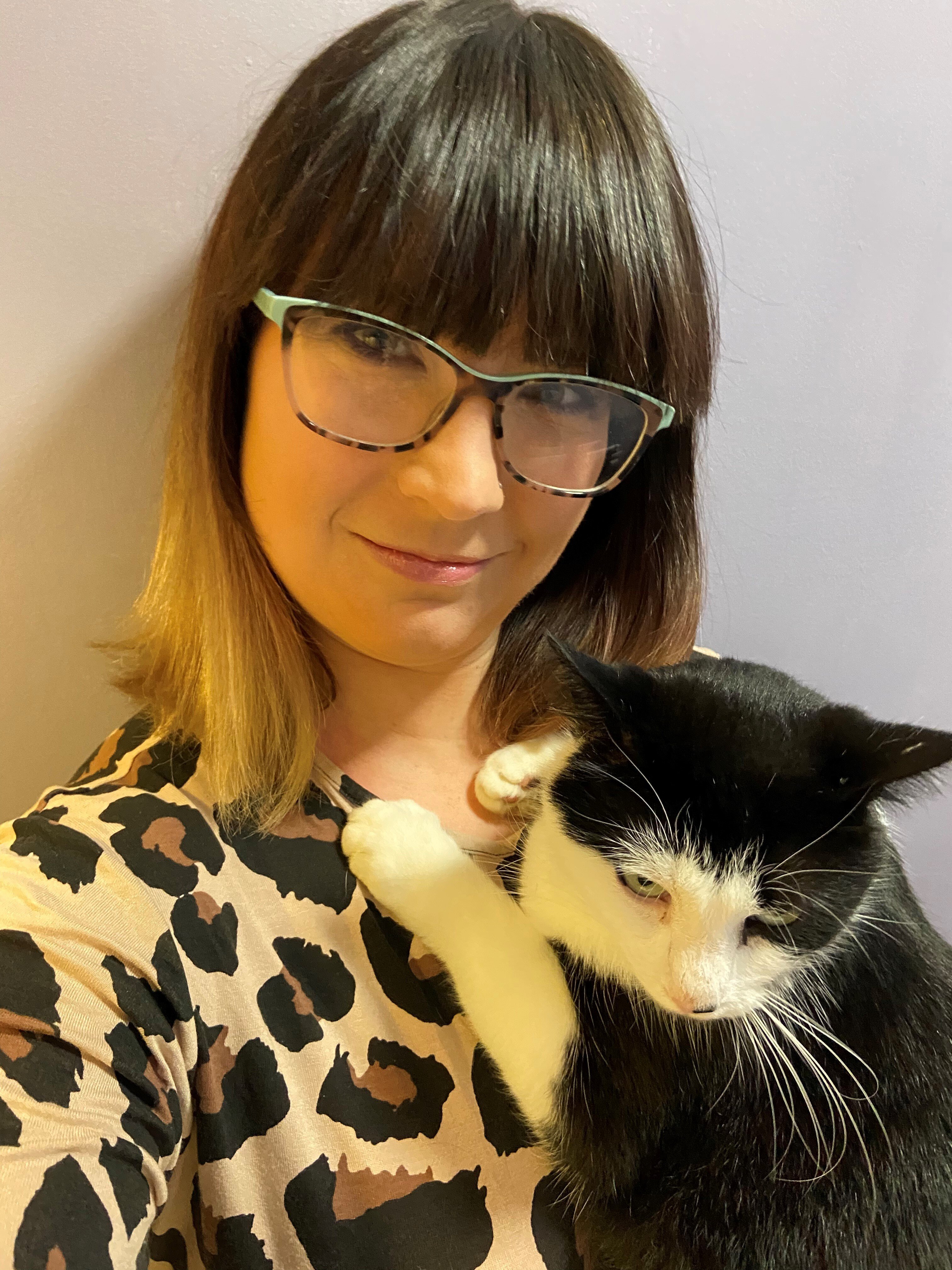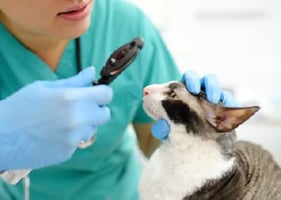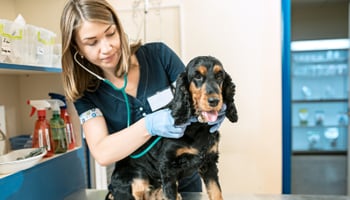How do you feel when you return to practice fresh from a CPD course? Inspired and more confident? Passionate? Your newly acquired knowledge and skills might not only make you feel different, but you might notice that you work more efficiently too – perhaps the confidence boost has made you quicker at performing certain clinical tasks, or you find it easier to make a diagnosis and treatment plan, spending less time deliberating. But the impact of CPD reaches even further than this…
As vets and vet nurses, we don’t do CPD just to better ourselves; we do it to give our patients an even better standard of care. However, it’s not always easy to see the impact our development is having on our patients, which can be disheartening. This is particularly so if you're met with resistance from colleagues when you try to share your new knowledge. They might point out that they've been performing a procedure using a particular method for a long time, and they've never had any problems. But if there have been no major adverse events, does that mean there's no room for improvement in patient outcomes?
If we’re unsure whether our CPD has improved our patient care, or we want to demonstrate the improvement to a boss or colleague, how can we measure the impact? The key to assessing whether your CPD is making a difference to your patients is clinical governance, which isn't just an optional 'nice to do'; it’s included in the RCVS Code of Conduct.
What is clinical governance?
Clinical governance is the process used by veterinary practices to commit to continual improvement, maintaining curiosity and openness to new techniques and learning from experiences and updated information. This happens naturally in veterinary practice, as more experienced vets and nurses share their experiences and guide newer staff, and more recent graduates share updated techniques. However, it’s much easier and more effective if a framework is used to keep the process organised and structured. Therefore, we often refer to the seven 'pillars' of clinical governance – risk management, clinical auditing, staff management, client communication and patient experience, use of information, education and training, and clinical effectiveness.
Where to start: Clinical audits
Clinical audits are a way of collecting data to provide evidence of our clinical effectiveness. Many practices will already perform clinical audits, answering specific questions, e.g., the complication rates for neutering or other specific or routine procedures, or the number of dispensing errors within a timeframe. Audits like this are an important part of quality improvement, and can be used to test whether a new technique or change to a protocol has the desired effect on outcomes – just like that new knowledge you’ve brought back from your CPD.
If your practice already performs outcome audits, you can use the data to create a baseline to compare with outcomes after implementing changes based on CPD. If you’re the only person adopting a new technique or approach, you might want to compare the outcomes of your cases before and after the CPD. This valuable evidence can help to convince the rest of the team that it is worth updating clinical practice. On the other hand, if the whole team has adopted a new technique, you can compare all relevant cases before and after the change.
If you’re not the person in charge of clinical governance or quality improvement at your practice, why not ask that person to help support you? If you don’t have historic or current data, many clinical records and practice management systems will have the function to perform an audit, and this can be used to create a baseline for comparison. You can find lots of useful information about clinical governance and quality improvement at RCVS Knowledge.
Incident reporting
It’s good practice to report incidents – even near misses or ‘almost’ events – because this helps to ensure practice life runs smoothly and safely, and minimises the risk of errors. It’s common for veterinary staff to feel apprehensive about speaking up about mistakes they have made or nearly made. This apprehension is understandable – we’re a profession of perfectionists, and many practice teams have a culture that sways more towards a ‘blame culture’ when things go wrong. This leaves staff feeling guilty and inadequate and fearing isolation, judgment, or rejection from the rest of the team. However, veterinary errors are almost always a consequence of a problem with the system, rather than due to incompetence by the individual. Acknowledging mistakes is the only way to grow as a team and improve our performance and patient care, so encouraging a Just Culture, where even leaders acknowledge when things don’t go to plan for them, is hugely beneficial.
Incident reporting not only helps to improve our patient care, but it can also make assessing the impact of our CPD easier. For example, you can look back and compare the number of significant incidents or adverse events before the CPD with the number of incidents after making changes.
How to maximise the impact of your CPD on patient outcomes
It’s frustrating when you return from CPD feeling empowered to make positive change, but in a busy practice, you might not have time to take that first step immediately, and before you know it, the CPD is a distant memory.
To maximise the benefit, share your new knowledge or take-home messages with the rest of your team at a clinical club meeting soon after the CPD, and be sure to check in after a month or two to see if the new recommendation is being used and has become the new norm. It’s also a good idea to run debriefs after incidents and near misses, and a cold debrief is a great opportunity to plan any relevant CPD that could be beneficial.
Summary
It’s not easy to maintain motivation for CPD, particularly when it feels like nothing changes as a result of your learning. However, if you can use clinical audits and quality improvement tools to provide more evidence of your effect on patient outcomes, it makes a real difference – and can help inspire your team. To make it easier, your practice should use clinical governance and auditing routinely so you’ll have the data for interpretation while also encouraging learning and growth. And don't forget - reflecting on what you've learned is an important part of your veterinary CPD requirements and can help you decide what you'll change in practice and why!
Hannah qualified from the Royal Veterinary College in 2011 and initially worked in a busy mixed practice before moving to a smaller practice and then to the locum life. She has interests in soft tissue surgery and dentistry, and is also passionate about human factors and workplace culture, leading to her work as Client Relationship Lead at VetLed.







